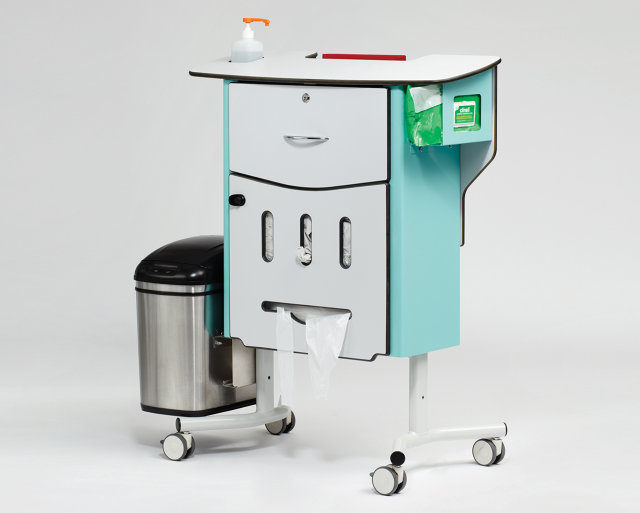
How UX design plays a vital role in preventing medical errors
How UX enhances software design
Shadowing
The DOME team shadowed doctors and nurses to learn more about the real-world challenges they run into when examining and treating patients in hospital rooms. Nothing provides a clearer understanding of user needs like seeing them work live. If we’re designing a software product that our clients will use internally, our UX Team designers will often spend a few days working alongside their employees just to watch them perform their daily jobs. Oftentimes we will reveal things that even our clients didn’t know that could be solved with either a business process improvement or software design solution.
Prototyping
Jonathan West is quoted at the end of the article as saying “I speak at a lot of medical conferences, and they never even considered that a designer could be involved in this sort of thing,”. This kind of response is not at all surprising, yet it should be. The DOME project simply highlights the importance of involving a designer in the creation of anything that people will use and interact with — whether it will save a life or not.





